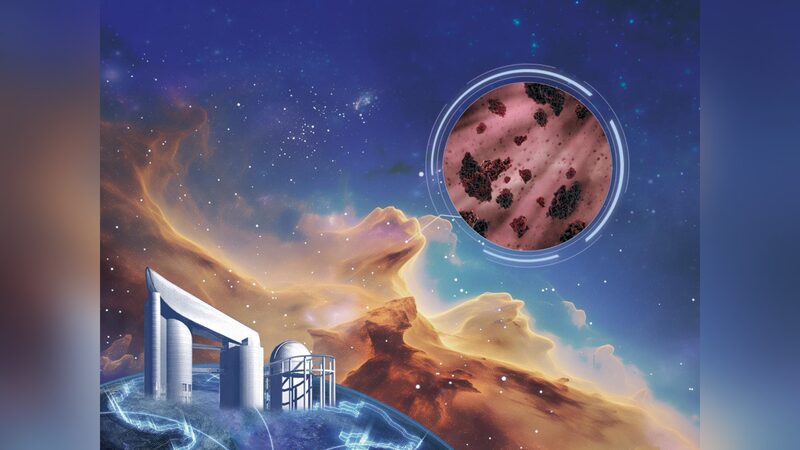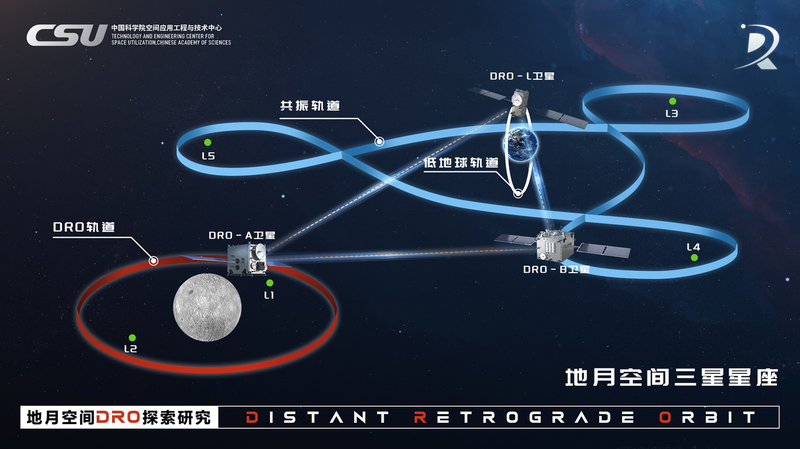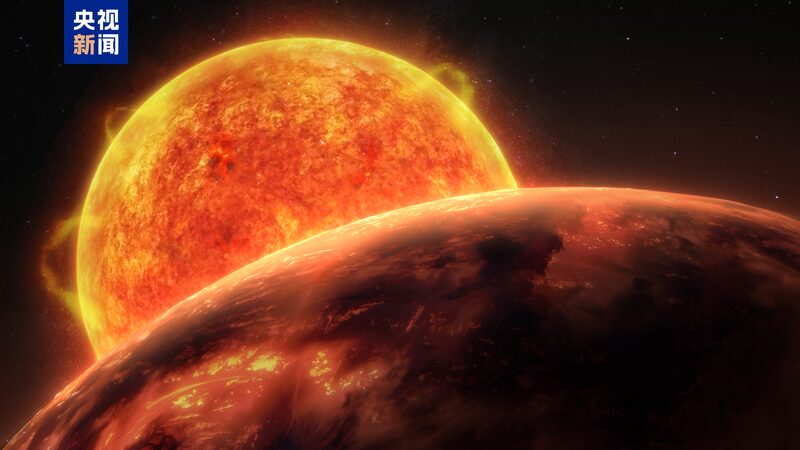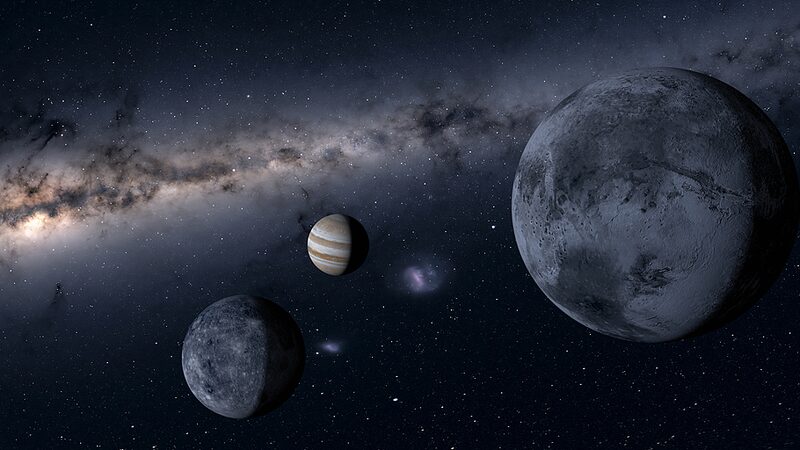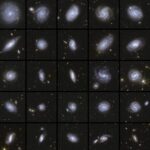Hold onto your telescopes, space lovers! 🔭 A team of Chinese and international astronomers just cracked the code on mapping the Milky Way’s interstellar dust in three dimensions—a first in space exploration. Published as the Science journal’s cover story, the research promises to transform how we study galaxies, star formation, and cosmic chemistry. 🌠
Led by Chinese doctoral student Zhang Xiangyu at Germany’s Max Planck Institute, the team tapped data from China’s LAMOST telescope and the European Space Agency’s Gaia observatory. Their work? A jaw-dropping catalog tracking how dust absorbs and scatters starlight across 130 million stars, spread over 16,308 light-years. ✨
Why does this matter? Interstellar dust might sound like space confetti, but it’s key to how stars are born and how light travels through the galaxy. Imagine trying to snap a perfect Milky Way selfie 📸—dust makes stars look dimmer and redder, skewing observations. This 3D map helps scientists adjust for that “extinction” effect, supercharging future studies!
From unraveling galactic evolution to prepping next-gen telescopes, this collaboration bridges borders and tech. As Zhang’s advisor Gregory Green put it: “It’s like getting prescription glasses for the universe.” 👓 Ready to see space clearer than ever?
Reference(s):
cgtn.com
